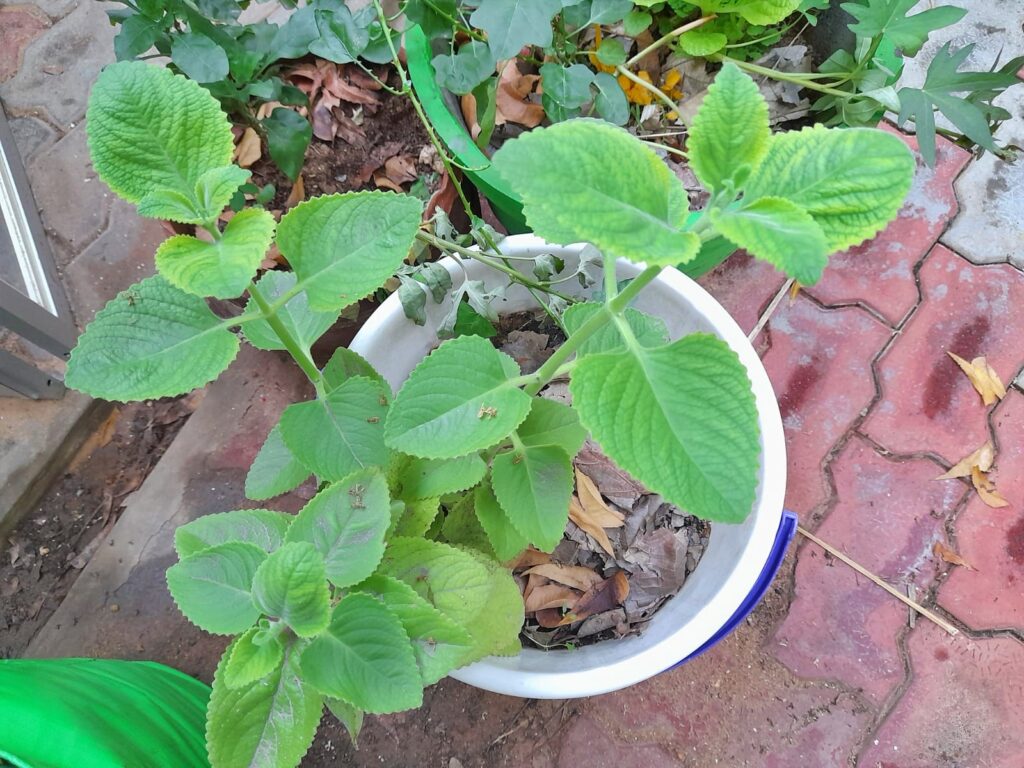How to winterize herb garden
Herbs are one of the easiest plants to grow. They go dormant during the winter season and grow back during the next spring season. Winterizing herbs protects them from waterlogging and frosts. Here is how to winterize an herb garden based on the type of herb you are growing. But first, you have to follow a few steps to prepare herbs for the winter season.

General care to provide for herbs to prepare them for the winter:
1.Avoid fertilizing
Fertilize your plants in late August, after that avoid fertilizing your herbs. Even if your plants produce foliage they can die down if temperatures go down. So avoid fertilizing after the late fall season.
2.Water
Water your plants well until the last fall season. Plants that have not received proper watering when entering dormancy become more susceptible to disease and pests.
3.Prune your plants
Remove the dead stems and dry leaves from your herbs. Dead foliage is more susceptible to bacterial and fungal infections.
4.Clean beds
In the late fall season make sure you remove the plant debris. This can reduce the risk of infections, pests and diseases.
How to winterize annual herbs
Annual herbs like basil and coriander eventually die when temperatures go down. They can be transplanted into small pots and brought inside during the winter season. Add 4 to 6 inches of mulch (straw and dry leaves) to these potted plants to insulate them. Water them once in a while and keep them in a windowsill that gets some sunlight.
How to winterize perennial herbs
Cold hardy Perennials usually go dormant during the winter season and they come back during the spring season. Some of the perennial herbs include sage, thyme, oregano and chives.
To prepare outdoor perennial herbs for the winter season, prune them so that you remove the dead foliage on plants. Next, remove the plant debris that is on the beds. Then spread mulch for about 6 inches to protect them against frosts. Leave at least a 2-inch gap between the plant’s stem and the mulch you apply. These plants are more susceptible to wet conditions than cold conditions. You can use row covers or frost blankets to protect them from rain.
If you are living in very cold areas you can dig these perennials and transplant them into small pots as well. You can place them in a garage or other safe location that gets good sunlight.
